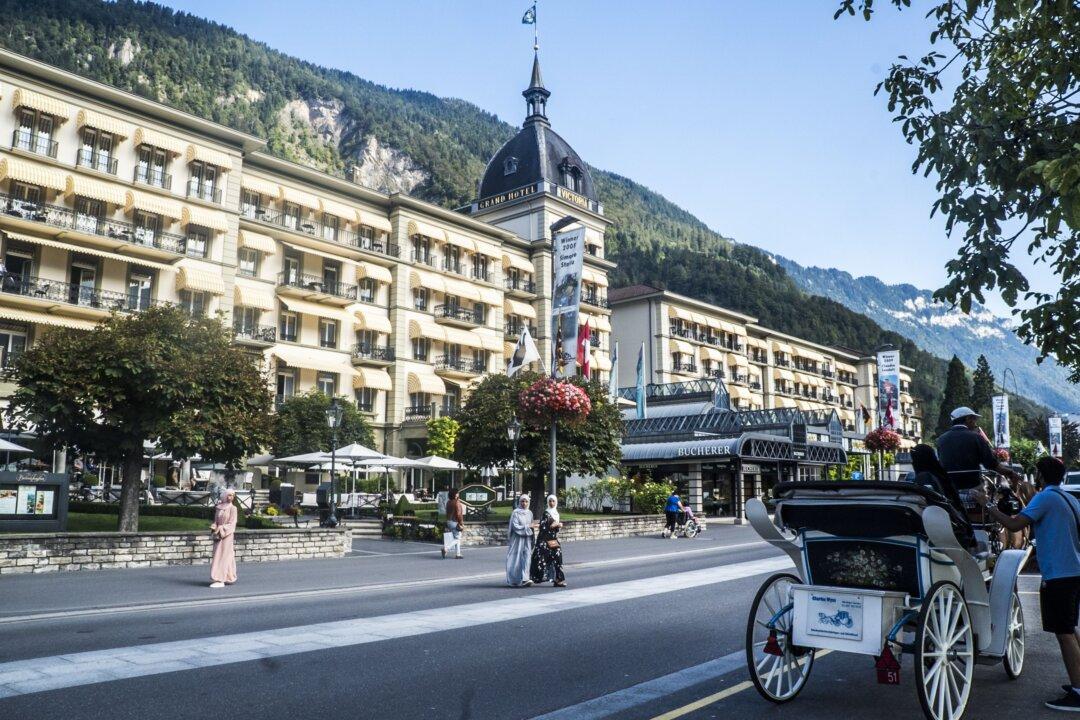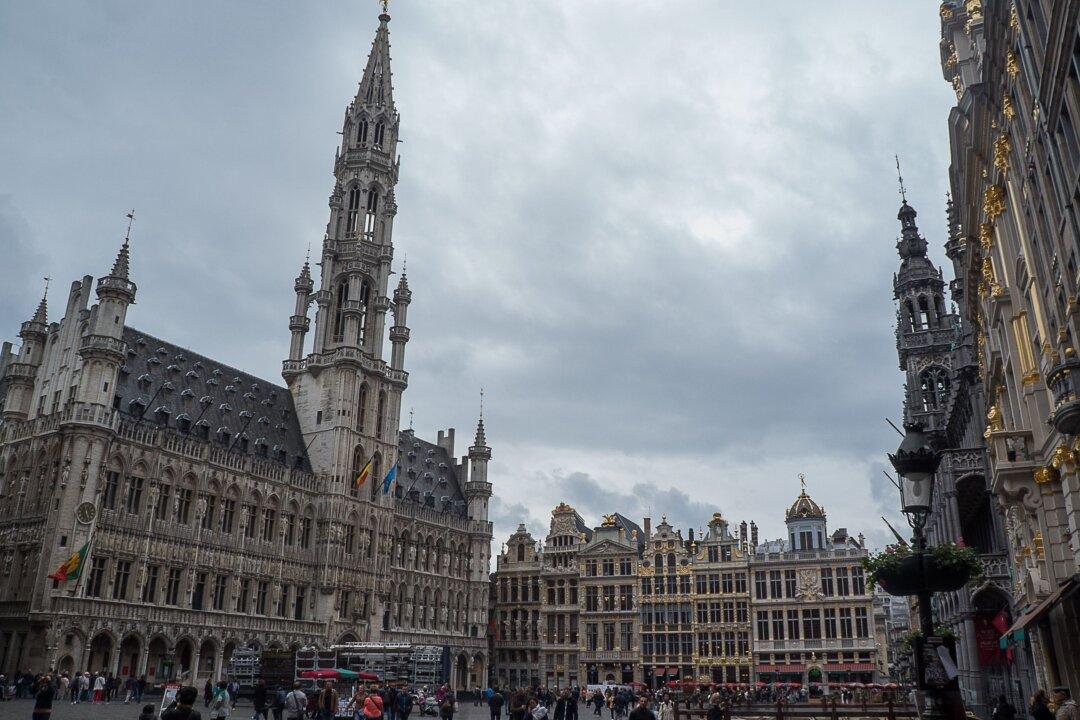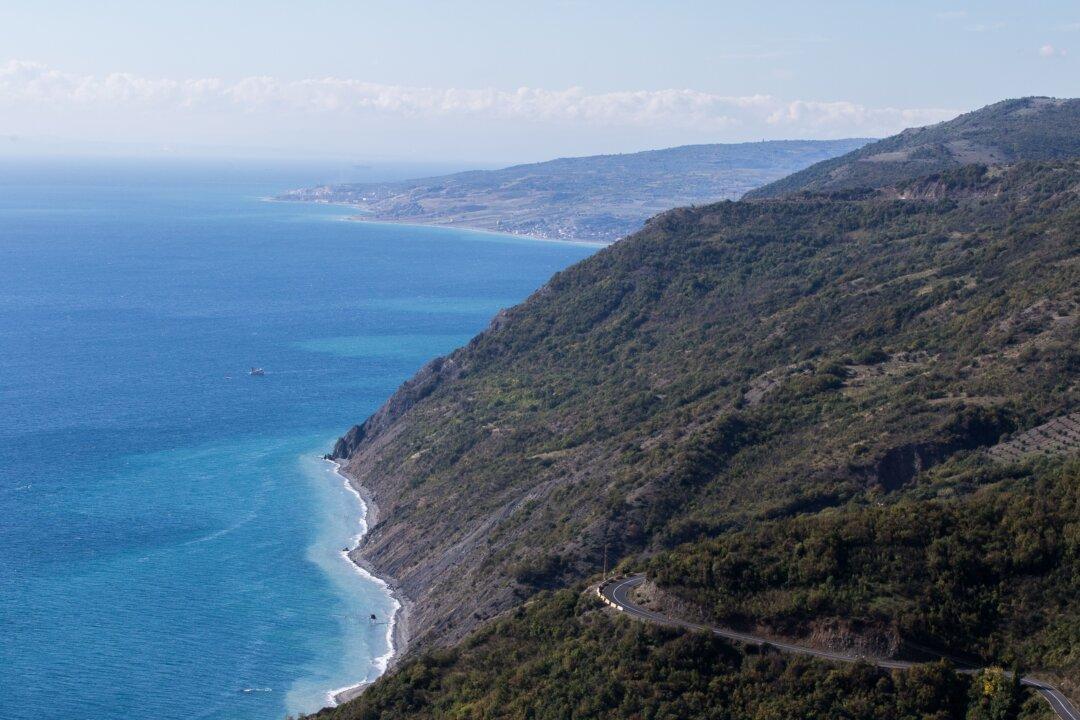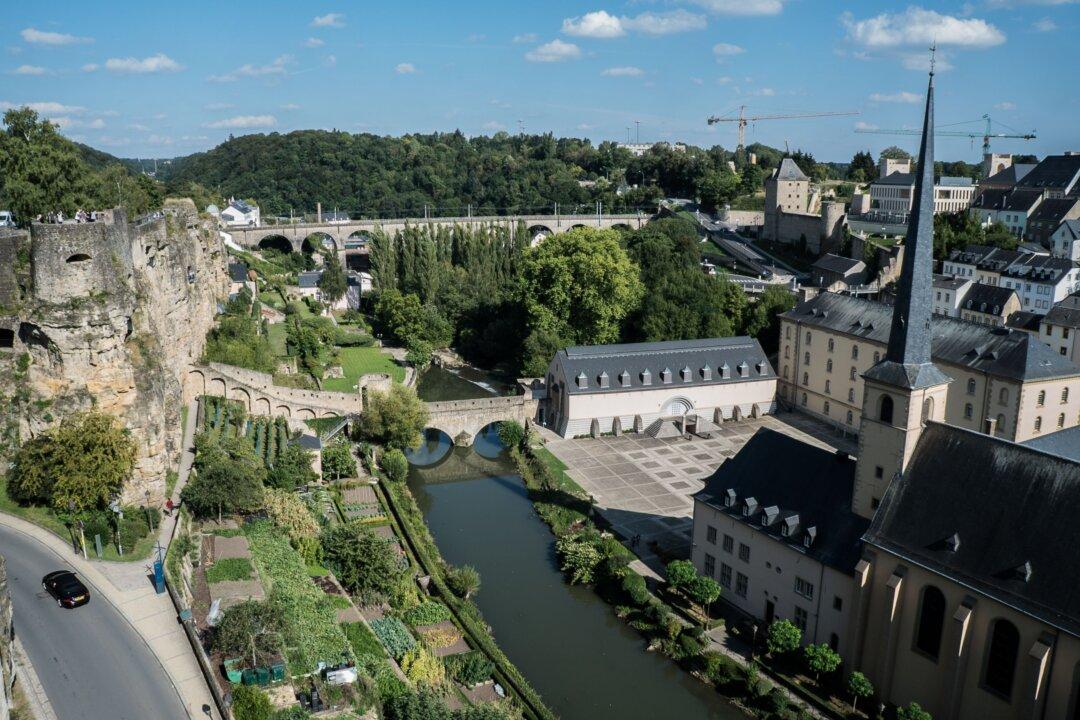It’s hard to imagine a more picturesque alpine setting than the Gastein Valley in the heart of the Austrian Alps, an hour west of Salzburg. Flanked by the magnificent Hohe Tauern mountain range, the valley is home to three spa towns, each with its own distinct Austrian charm.
The Gastein is known for its belle epoque hotels and villas built on the valley’s steep, forested slopes. It offers excellent skiing as well as many other outdoor sports, but probably its biggest attraction is its world-famous hot springs and radon therapy.





